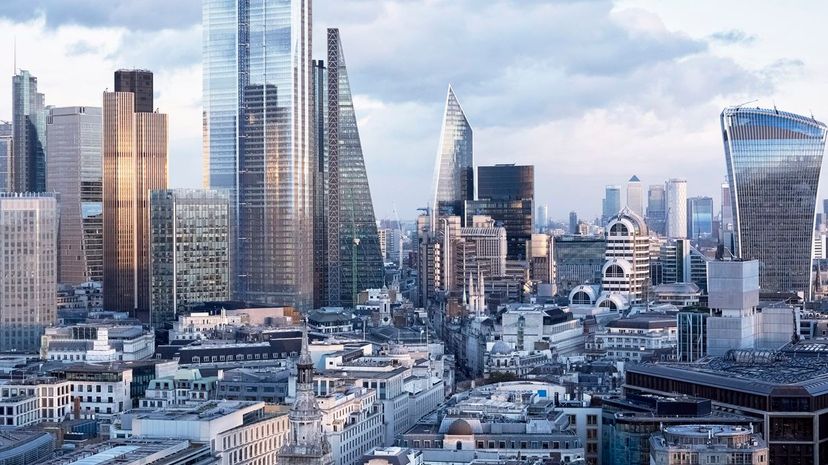
About This Quiz
Change is the only constant. The world is full of places with names that changed as a result of history. In Europe, place names changed when languages changed, or when the use of a place changed. Some cities grew, absorbing smaller cities into them, or were divided, creating new cities. Colonial ambitions often meant that places changed hands between the great empires, with nations' names and even languages changing with those times.
Much of what transpires today can be better understood with a bit of history. For example, the dominance of language shifts, and with it, names shift. There was a time Latin was the dominant language, and a time when French was dominant, hence "lingua Franca" was the expression for the organizing language of the time. There was a period when the Czar of Russia required all of his courtiers to speak only French to one another. Later, Spanish was, ironically, the lingua Franca, spoken even in Holland. At the moment, English is dominant, but perhaps someday soon, Mandarin will be on equal footing with English.
How well do you think you know the names of places in the world? Can you pick out which ones have gone through a metamorphosis? How impressed would your friends be if they knew you could?
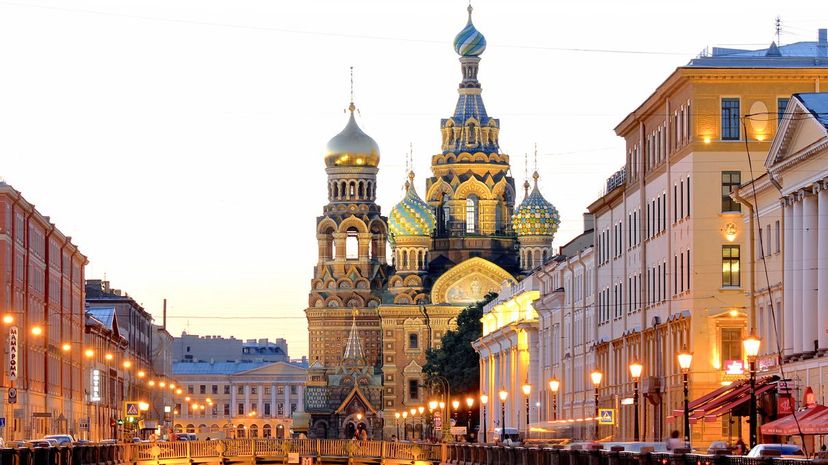
Saint Petersburg was always Saint Petersburg, but it wasn't always Saint Petersburg. In 1914, it was changed to Petrograd. In 1924, it became Leningrad, and 1991, it became Saint Petersburg again.
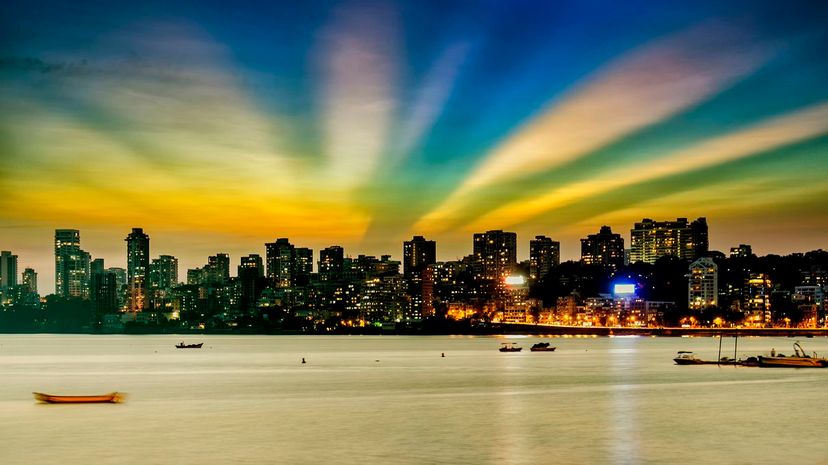
Bombay was perhaps never a thing. According to the government ministers who changed its name to Mumbai in the 1950s, Bombay is a corruption of Mumbai, invented by the British during the colonial period.
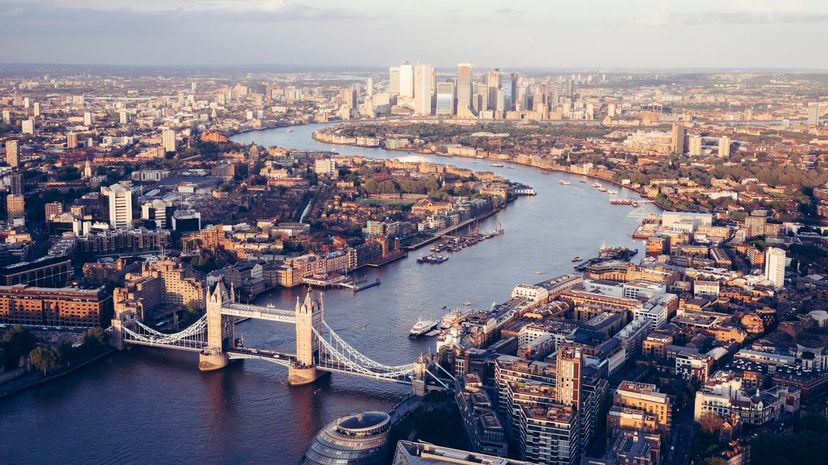
London has always been an important trading port, going all the way back to the time before Rome. The Romans called it Londonium, building vast bath complexes there, so they could relax during their visits.
Advertisement
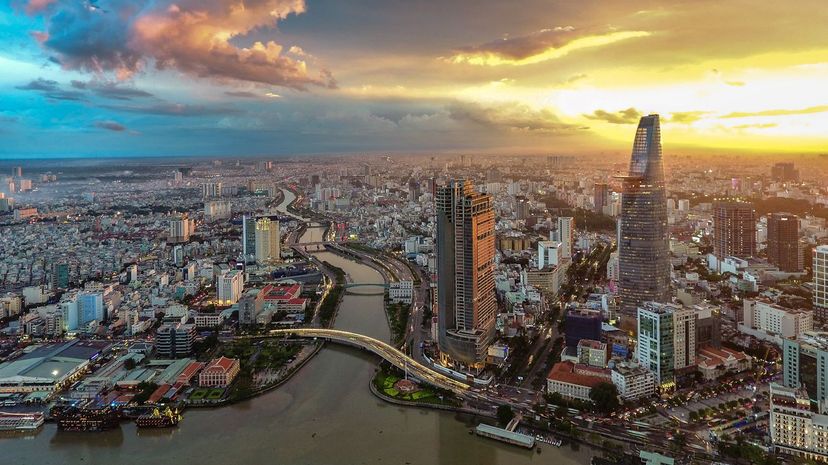
How did Ho Chi Minh City get its name? Here's a hint: the communist leader who led North Vietnam was named Ho Chi Minh. In a tradition as old as communist leaders, this city was renamed after a communist leader. It is still occasionally called "Saigon," informally, but that is mostly used to refer to its downtown.

In case you never heard the song by They Might Be Giants, it goes like this. "Istanbul was Constantinople / Now it's Istanbul, not Constantinople / Been a long time gone, Constantinople / Now it's Turkish delight on a moonlit night." One of the famous cities to change its name, this happened when the Eastern Empire fell, spelling the final demise of Rome.
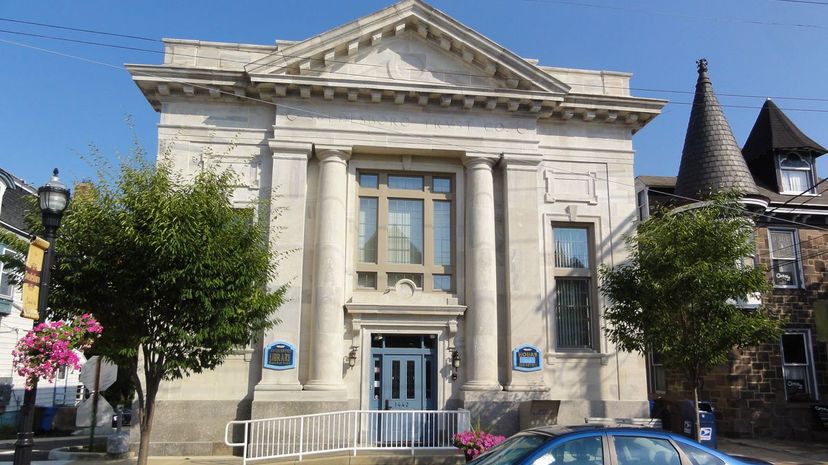
Parts of the East Coast of the U.S. were once part of New Sweden, a colony around the Delaware River, near the coast. When it became an incorporated town under New Jersey in 1902, it was Swedesboro.
Advertisement
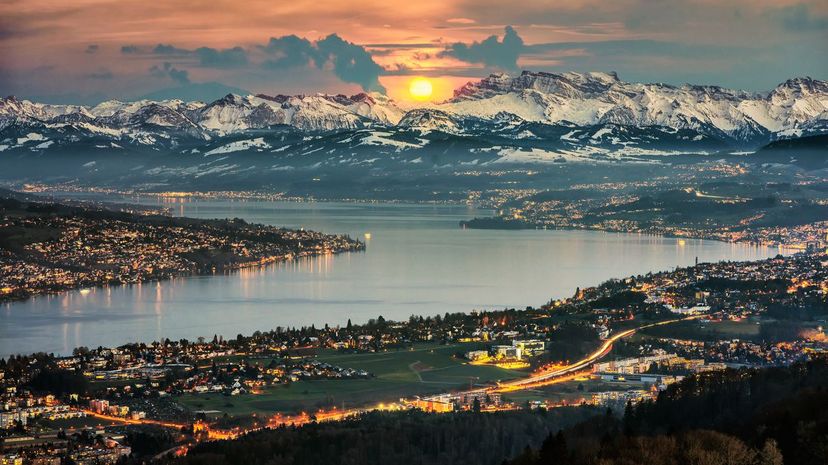
Ancient Rome had a small outpost in its Gallic territories where tolls would be collected, an activity lending its name to the name of the place: Turicum. Variations of the name remained through the Middle Ages, but the German variant became dominant, and now it is just known as Zürich.
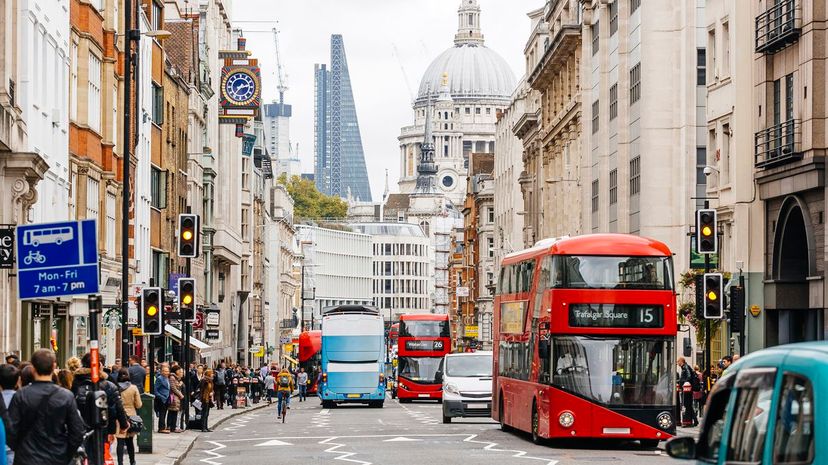
They say New York's the town so nice they named it twice, but London has seen many names. Its post-Roman, pre-Norman name was Londonwic (pronounced "London-witch"). Of course, that version of London did not include much of what is now deemed a part of that city.
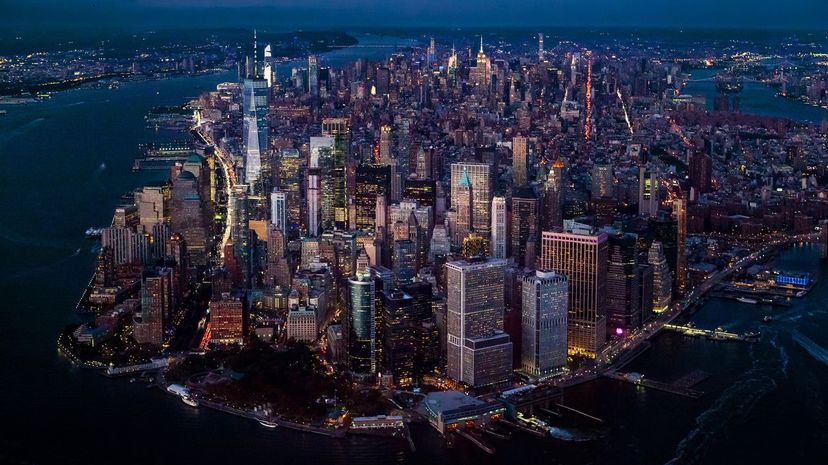
Before it was an English colony, New Amsterdam was a Dutch possession, mostly populated with French-speaking Belgians. It wasn't always wine and roses, and in time, the city was happy to become part of the English territory in America, at which point it was renamed.
Advertisement
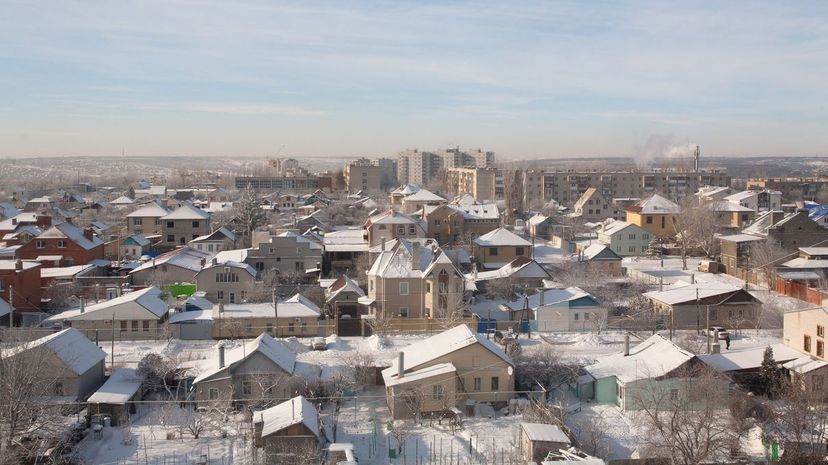
Perhaps best represented in the film "Enemy At The Gates," Stalingrad was the site of one of the bloodiest battles of all time. In 1961, it was renamed again, this time to Volgograd, as part of the efforts by the new government to expunge Stalin from its culture.
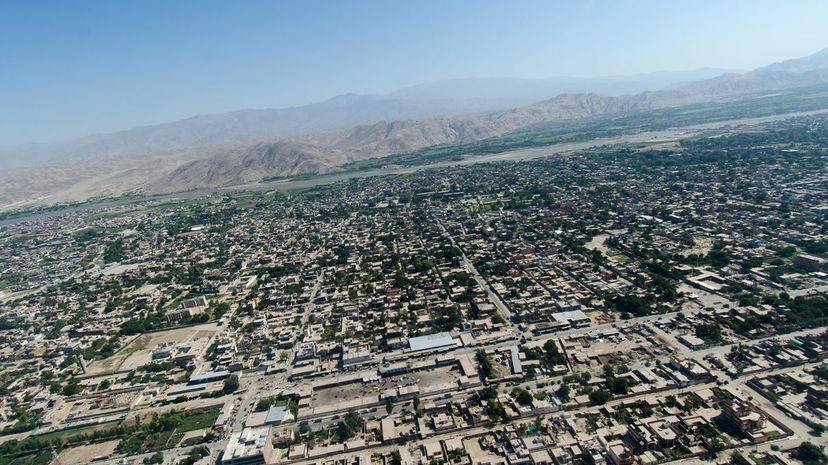
Adinapur, in what is now Afghanistan, was renamed Jalalabad in the 16th century for the son of an important religious, artistic and military leader of the age and region. Why not name the place after the man himself? Who is to say?
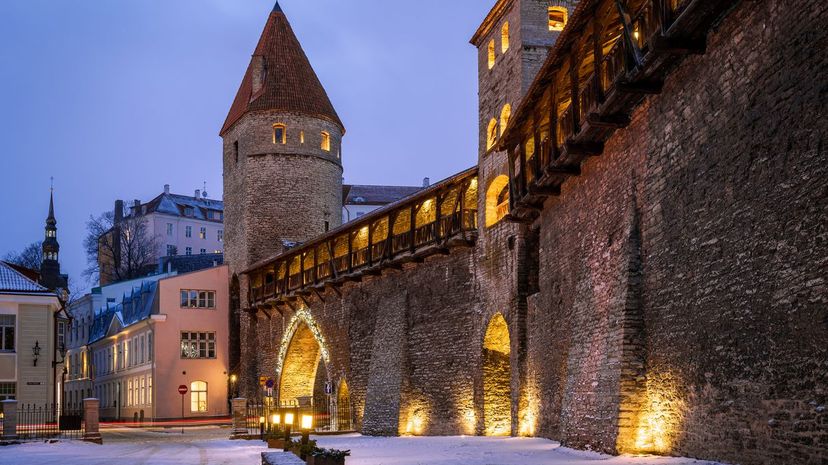
Tallinn's name seems odd to outsiders. It means "Danish Town" in Estonian. Its original name was Kolyvan or Lindanisa (names of mythic characters) before 1219. It then became Reval. Then, in 1918, when Estonia was finally its own country, it changed Reval's name to Tallinn.
Advertisement
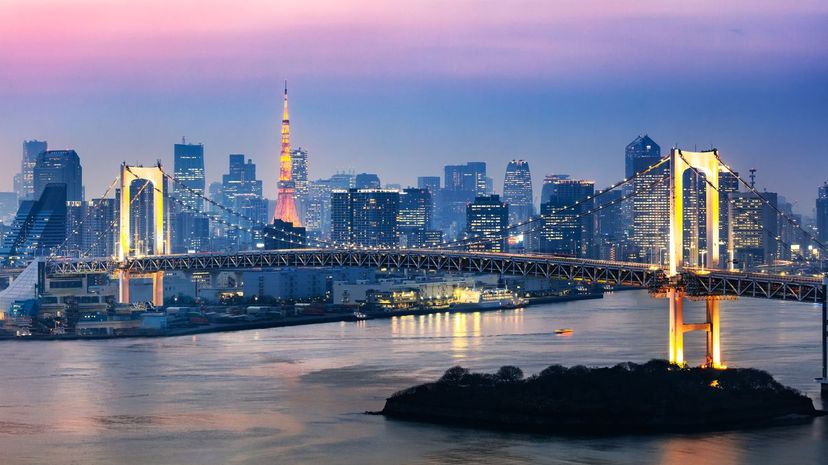
Until the Meiji Restoration, the Japanese seat of government was in Kyoto, now Japan's second city. After the Meiji Restoration, with the Samurai and Daimyo classes disbanded and the emperor in full direct control of the government, the capital was moved to the eastern city of Edo, which was renamed Tokyo, meaning "Eastern Capital."
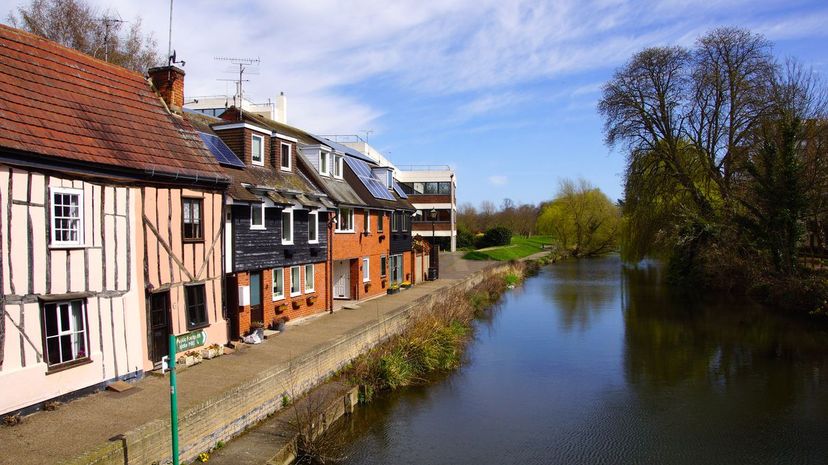
Pliny the Elder, the Roman historian, mentions Colchester in his writings, making it one of the oldest continuously inhabited cities in the world and the oldest recorded city in Britain. Back in those days, it was called Camulodunon.

"El Pueblo de Nuestra Señora la Reina de los Ángeles del Río de Porciúncula" is a lot to say. Blame the Franciscans who founded the first pueblo there and named it in honor of the church where their movement began. Los Angeles, or just "LA," is a lot easier to say, isn't it?
Advertisement
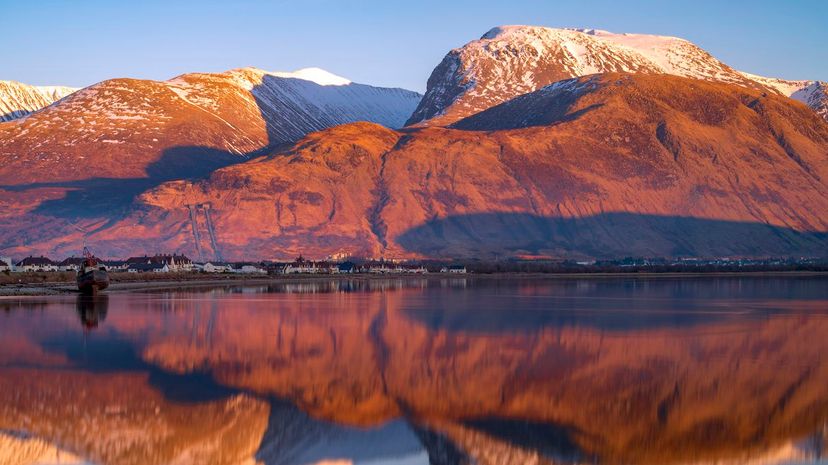
Maryburgh was the name given to this place in honor of William of Orange, whose forces put down an uprising there. It was later called Gordonsburgh, Duncansburgh and finally, Fort William.
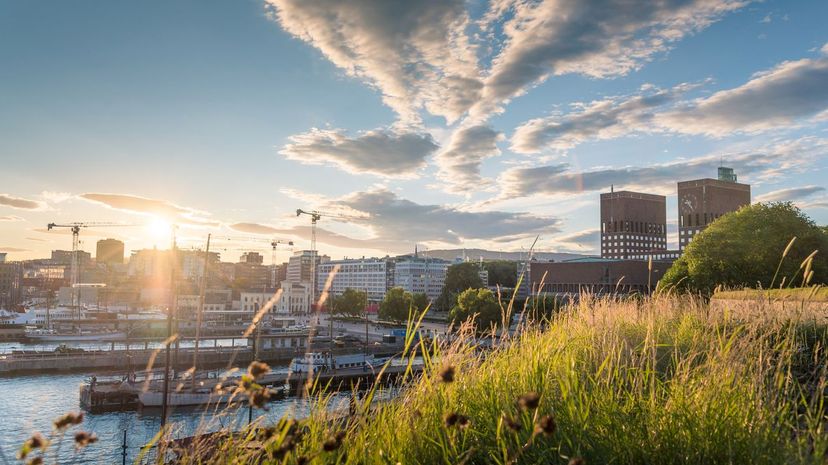
Though somewhat disputed, Oslo's original name may have been Oslo, until it was renamed for King Christian IV of Norway, in whose reign it was burned and rebuilt. In 1925, the Norwegians changed its name to Oslo, either again, or for the first time, depending on who you ask.
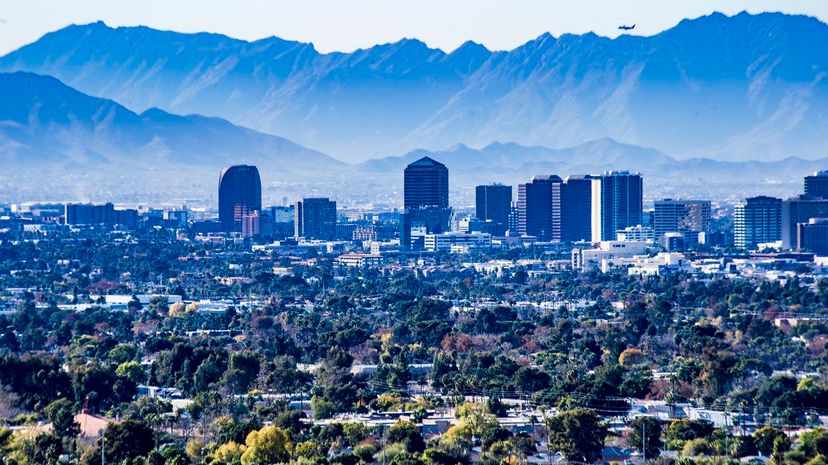
Swilling's Mill was the name of the settlement of Jack Swilling, a pioneer who settled in Arizona after being on the losing side of the American Civil War. One of his party suggested they name their city Phoenix, as it was rising from the ashes of a destroyed civilization, the Confederacy, one assumes.
Advertisement
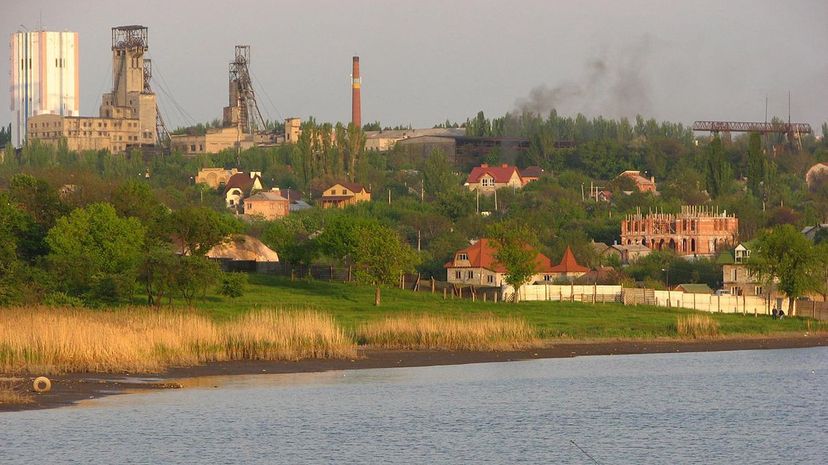
Originally Aleksandrovka, Ukraine, was named Yuzkova after a British businessman who founded a steel company there. His surname was Hughes, which sounds a bit like "Yuz." In 1924, it was renamed Stalino because the Soviets didn't like capitalists, and in 1934, it was renamed Donetsk, as it was designated the head of the Donetsk region.
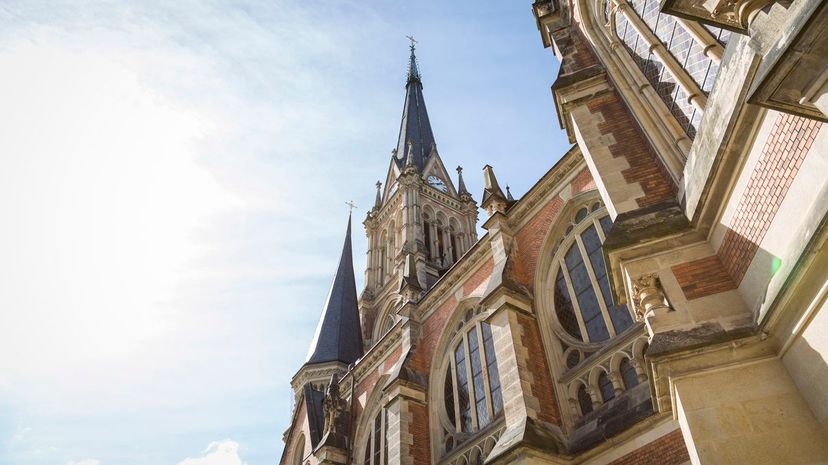
It was not very long ago that Germany was two countries, East Germany and West Germany, with East Germany a part of the Iron Curtain. Chemnitz was renamed Karl-Marx-Stadt under Soviet influence and re-renamed Chemnitz after Germany was reunified.
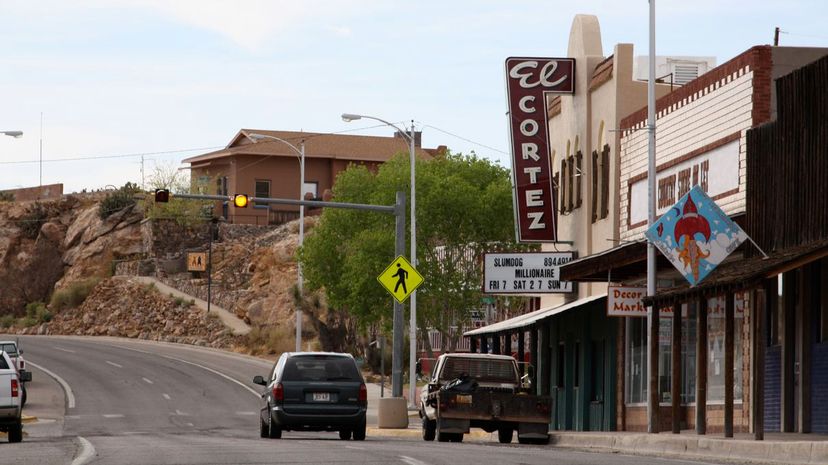
What could possibly make a town change its nice, normal name to a totally crazy-sounding name? Television. In 1950, Hot Springs, New Mexico, so named because it has them, changed its name to Truth or Consequences because the game show "Truth or Consequences" announced it would broadcast an episode from the first town to rename itself Truth or Consequences.
Advertisement
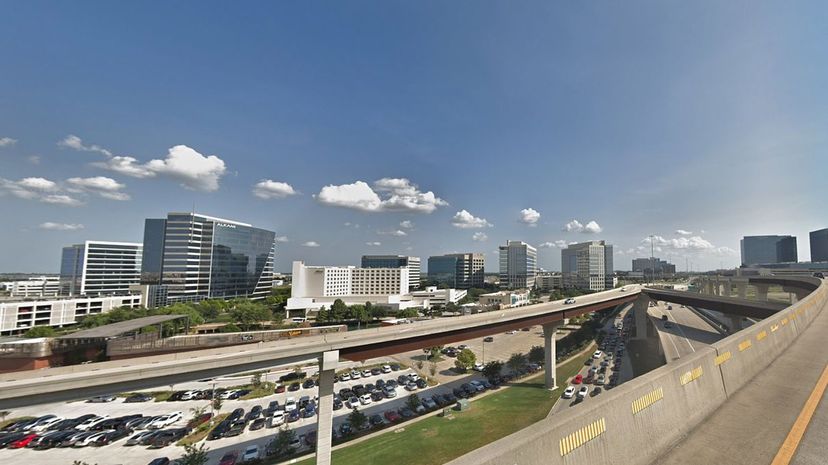
Plano, Texas, is one of the worst-hit sites of the opioid crisis, hit hard late in the 1990s. Long before, it was founded as Fillmore in 1848 but renamed Plano in 1852 because it is, like much of Texas, flat, and "plano" is Spanish for flat. With a population of over a quarter million, it's come a long way from its population of 155 in 1870.
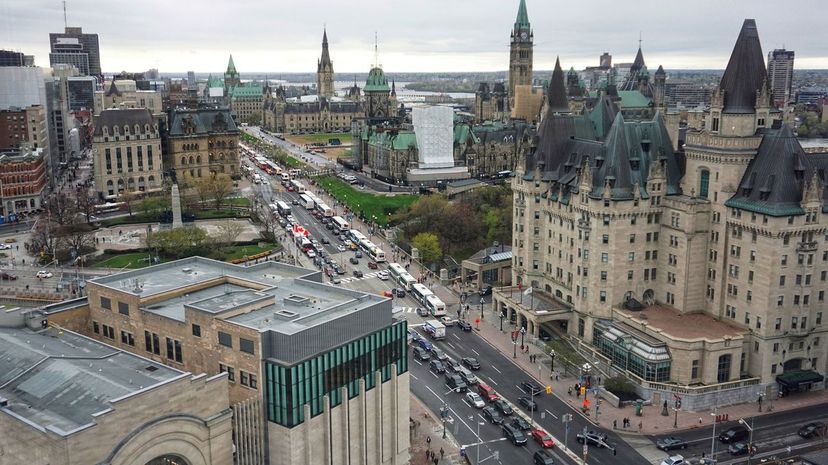
Ottawa, the capital of Canada, was chosen as the capital because it would be difficult to attack, given how remote it is. Before this, it was just a little town on the edge of civilization in Canada, founded as Bytown and renamed for the Ottawa River.

In an act of life reflecting art, North Tarrytown, a municipality bearing that name for centuries, took on the name of its fictional counterpart. Noted author and longtime North Tarrytown resident Washington Irving's "The Legend of Sleepy Hollow" takes place in North Tarrytown, and since many locals called it Sleepy Hollow anyway, it changed its name in 1996.
Advertisement
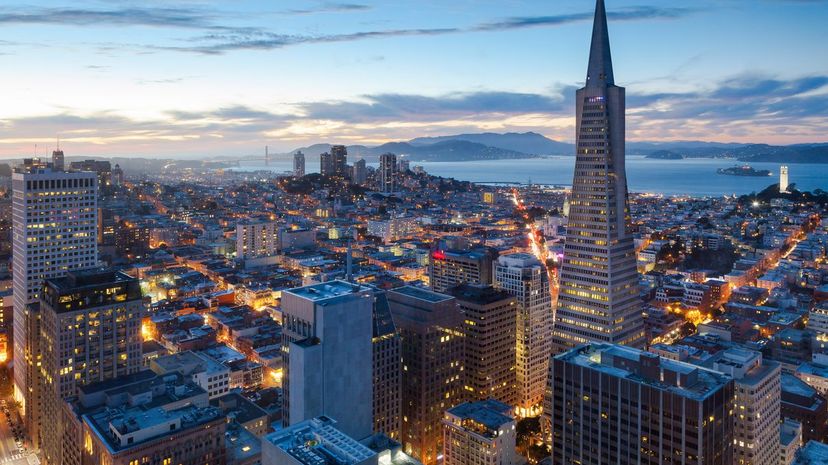
When the city was first laid out, San Francisco was Yerba Buena, which means "good holly" (as in the tree). The name change came after the United States claimed California as the spoils of the Mexican-American War.
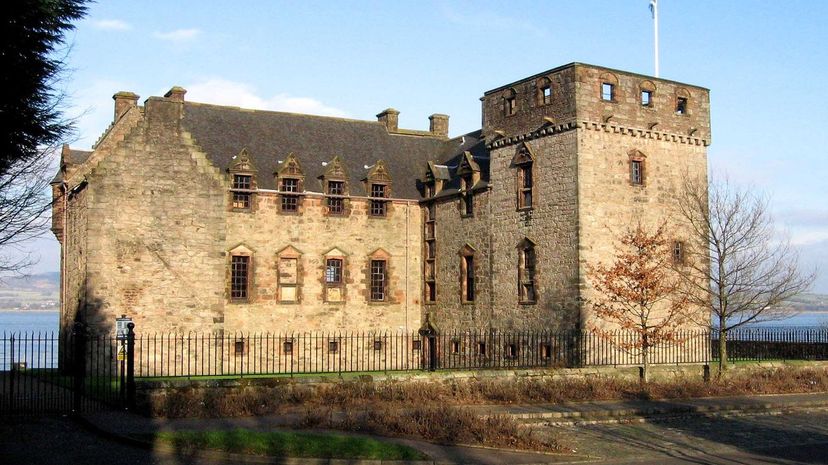
Newark, Scotland, was a small town in Scotland dominated by Castle Newark, until Newark became a port for large ships that could not navigate all the way to the much larger port of Glasgow. As a result, the name of Newark was changed to Port Glasgow.
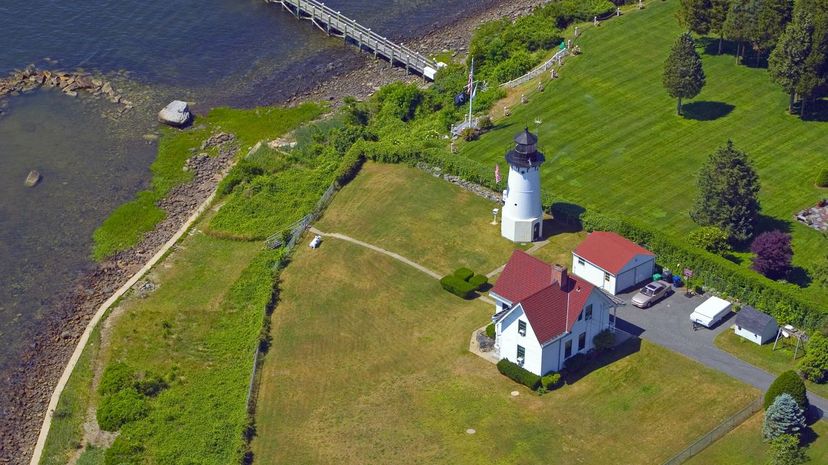
Warwick, Rhode Island, was originally Shawomett because it was part of the Shawomett Purchase. It held that name from 1642 until it became Warwick in 1648 when it was given a charter. The man who gave the charter was the "Governor in Chief for the Colonies," a man who also held the title of Earl of Warwicke.
Advertisement
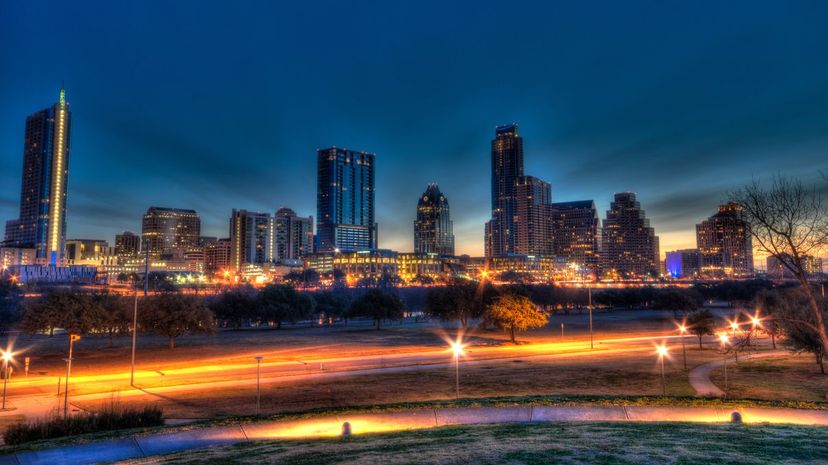
In 1839, the capital of Texas was established in Waterloo. It wasn't long before the municipality was renamed for one of the founding fathers of Texas, Stephen Austin. This is, of course, not to be confused with Steve Austin, who no doubt derives his name from his Texan forebearer.
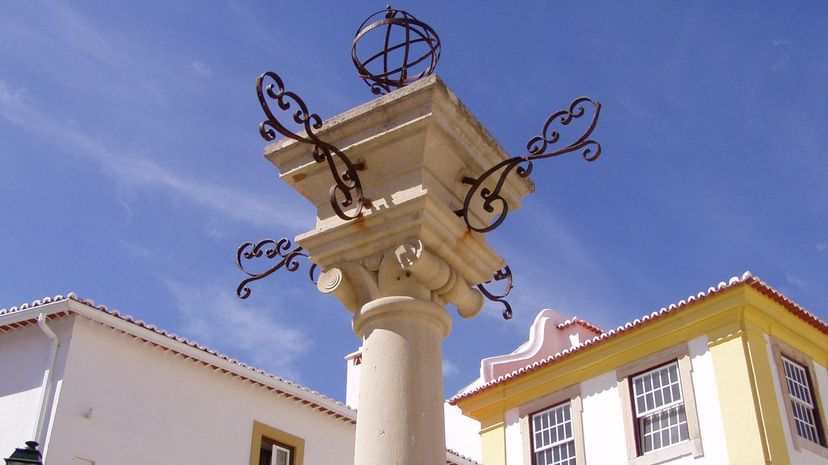
One can understand why the people of Constância, Portugal, changed its name from Punhete to Constância. Simply and delicately put, Punhete sounds a lot like a Portuguese expression meaning something ... intimate.
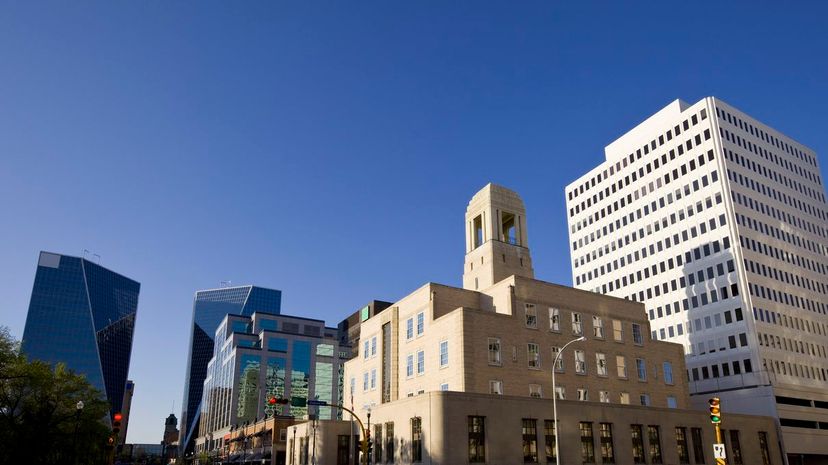
Regina, Saskatchewan, seems like a perfectly normal town, but it was once a remote settlement called Pile O’ Bones because the Cree would leave the bones of the buffalo they hunted there in the belief that the living buffalo would visit the bones of their dead. It was later renamed the Latin for "queen."
Advertisement
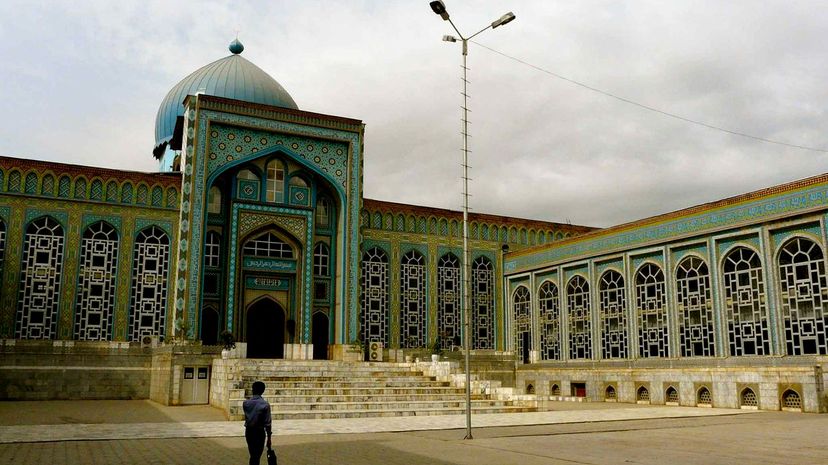
The biggest city in Tajikistan arose from a traditional market that would rise there on Mondays. As a result, it was given the name Dushanbe, which means Monday in the local dialect. When the communists took over, it was Stalinabad, and when they left, it became Dushanbe again. TGI Dushanbe.
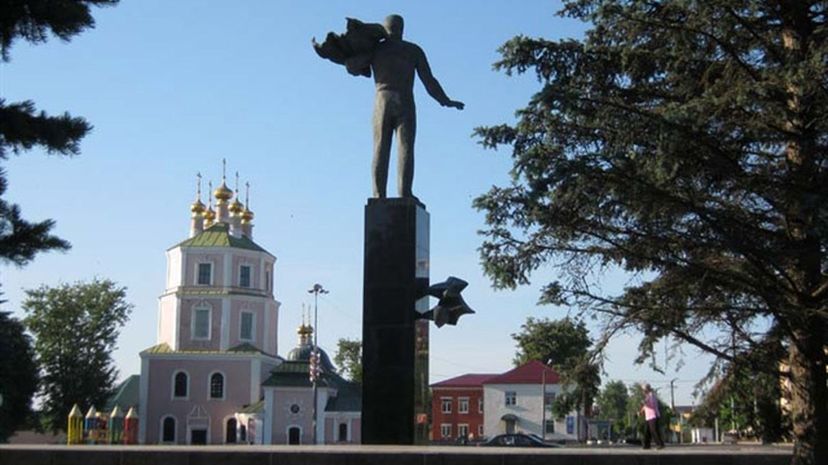
Gzhatsk, meaning "forest" in the local dialect, is a town in Russia renamed for cosmonaut Yuri Gagarin. One would assume it was named for him because it is where he is from. He isn't. He's from the town of Klushino.
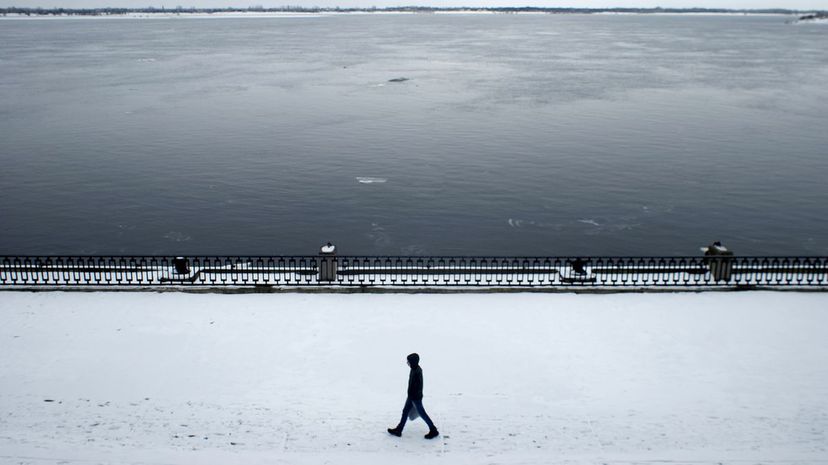
That's right! The prequel to Stalingrad! Before Stalingrad, there was Tsaritsyn. From 1589 to 1925, it was simply Tsaritsyn, but then the Soviets renamed it, and today, it's named for the nearby river Volga.
Advertisement
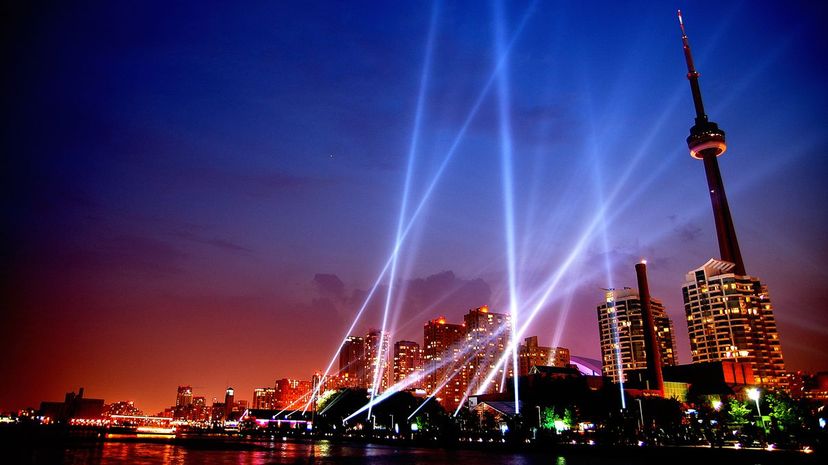
York was created by the British in 1793 and was the site of the battle with the U.S. in 1812. It was renamed Toronto in 1834 and became the capital of Ontario later that century. It is the most populous city in Canada, and one of the most diverse cities in the world.
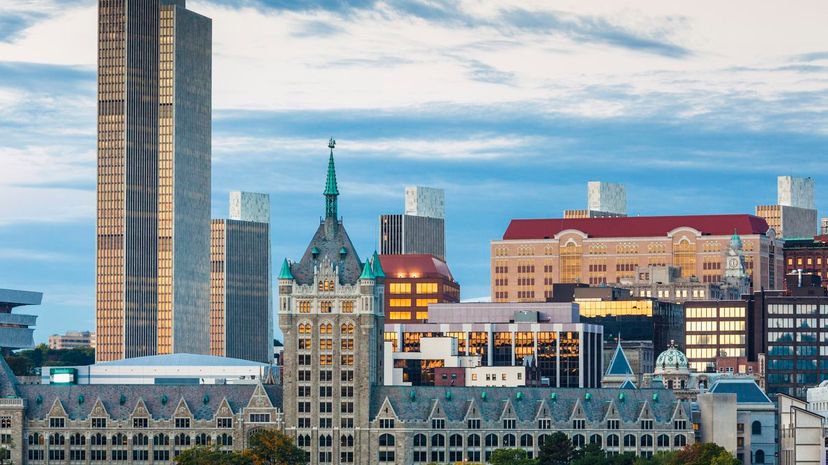
Beverwijck is the Dutch name given to the now-capital of New York State, meaning "Beaver District." When the Dutch possessions fell to Britain in 1664, it was renamed for the Duke of Albany. At the time, that title was held by the man who would be England's King James II.